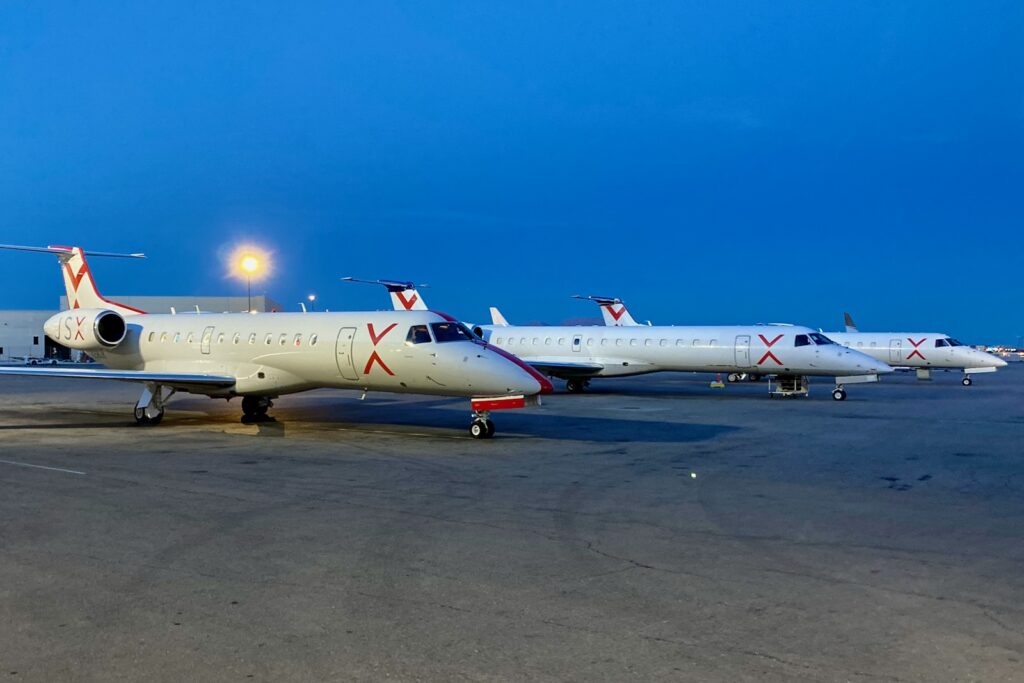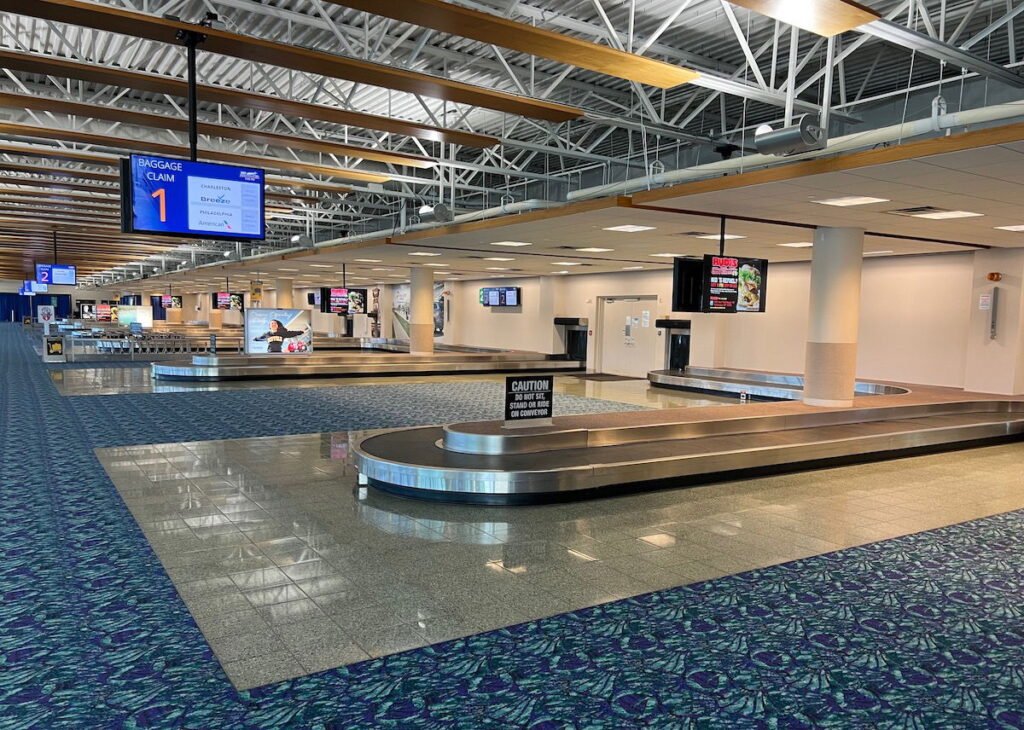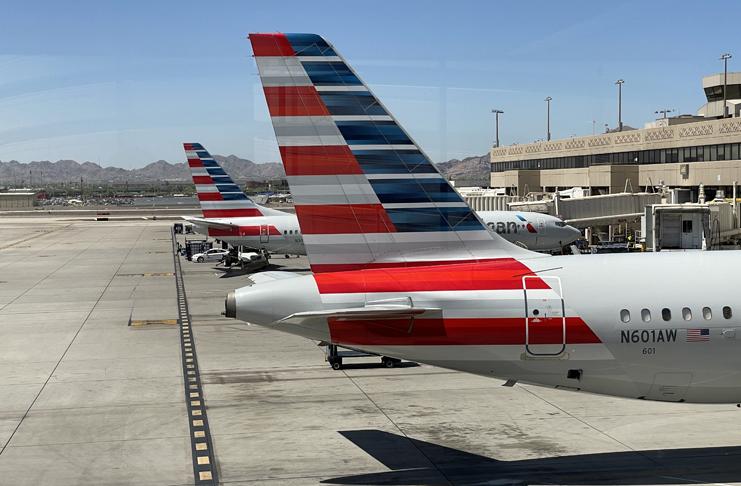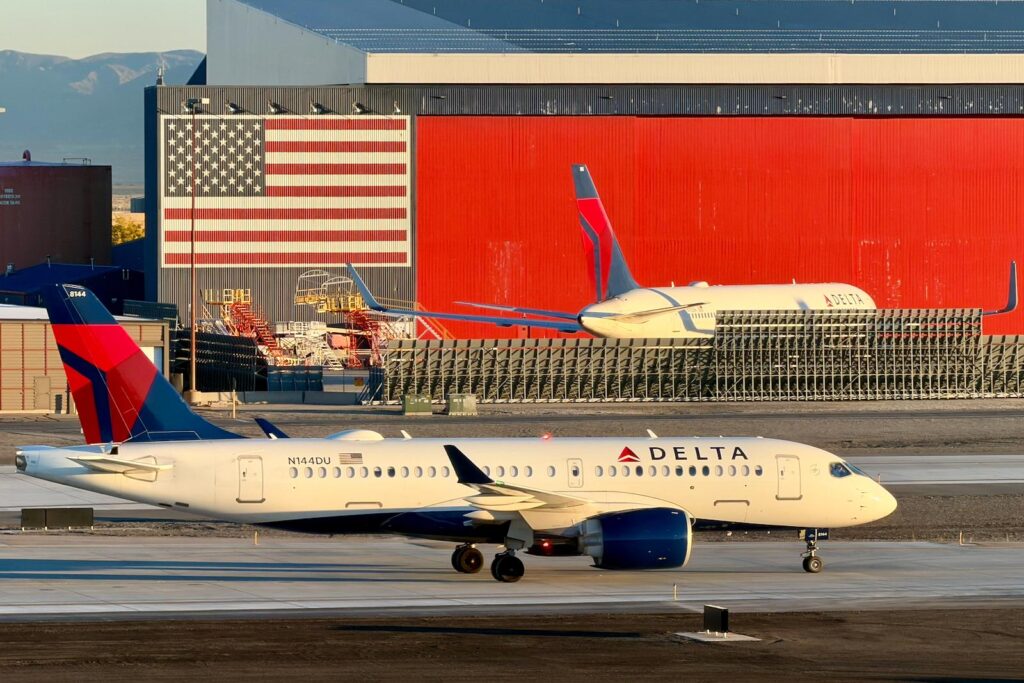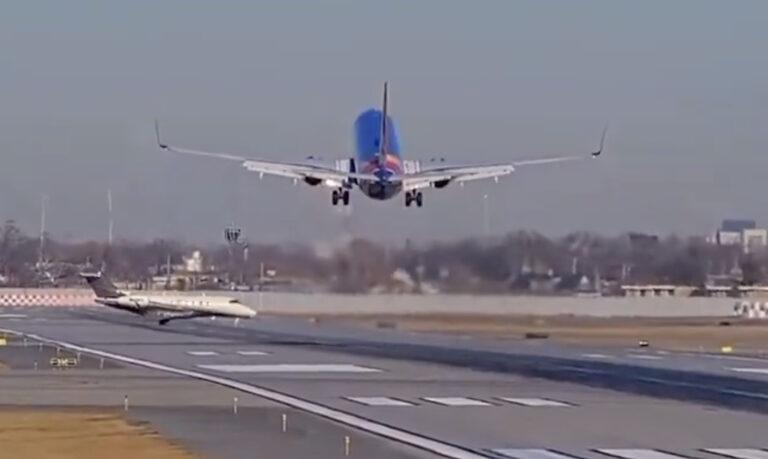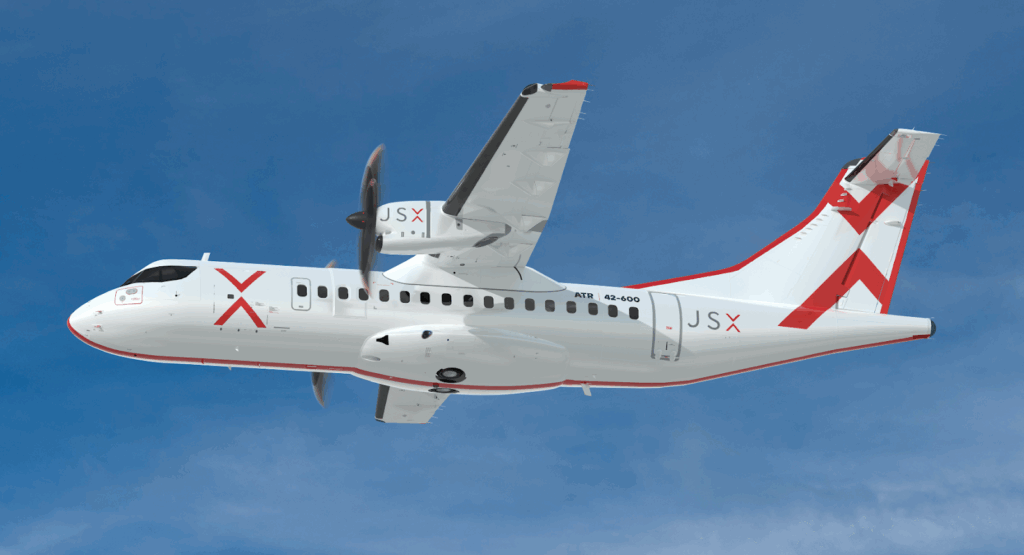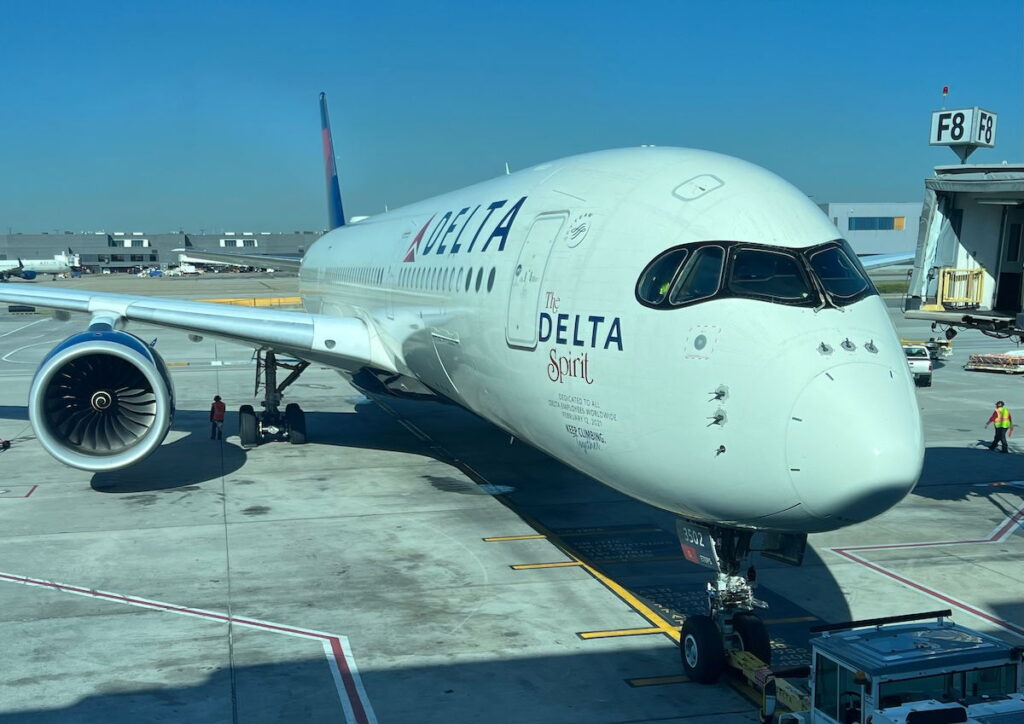
Back-to-School Airfare Dip 2025: Tracking August Shoulder Fares
The back-to-school period in August 2025 is set to be a hidden gem for budget-savvy flyers, thanks in part to seasonal demand shifts and cutting-edge price-prediction tools. Airlines have been trimming their late-summer capacity as schools start earlier, shifting peak season to June and July—and leaving attractive discounts in the final weeks of August. I’ve noticed how this window can be a boon for anyone looking to save on domestic or international flights, especially when leveraging AI-based bots, price guarantees, and real-time insights to secure the best possible rates.
August Shoulder Season: Why Fares Dip

A dip in late-summer demand often prompts carriers to cut prices, making August the perfect shoulder season to lock in cheaper tickets. Industry experts see a 3–5% price decrease through the tail end of summer and another 5–7% drop into fall. Domestic flights can plunge by as much as 29%—just $211 on average—while international routes to Europe have seen a 31% dip from peak summer prices. That can mean over $300 saved per ticket compared to the busy travel months of June and July.
In my own research, I’ve come across data from the 2024 Annual Airline Market Overview showing that airlines begin slashing fares once mid-August hits, anticipating a lull before the holiday rush. While I haven’t personally flown these itineraries, I’ve tracked enough fare fluctuations to see the pattern: demand cools off right after the prime summertime peak, which tends to drive ticket prices down.
Even popular vacation spots like Hawaii and the Caribbean see a modest dip in mid-August, although the change might be less dramatic than on mainland domestic routes. According to some travel forums, families who must adhere to strict school calendars often finish their vacations by early August, freeing up seats and lowering prices for flexible travelers who can wait until the second half of the month.
Price Guarantees: How Google Flights Safeguards Your Fare
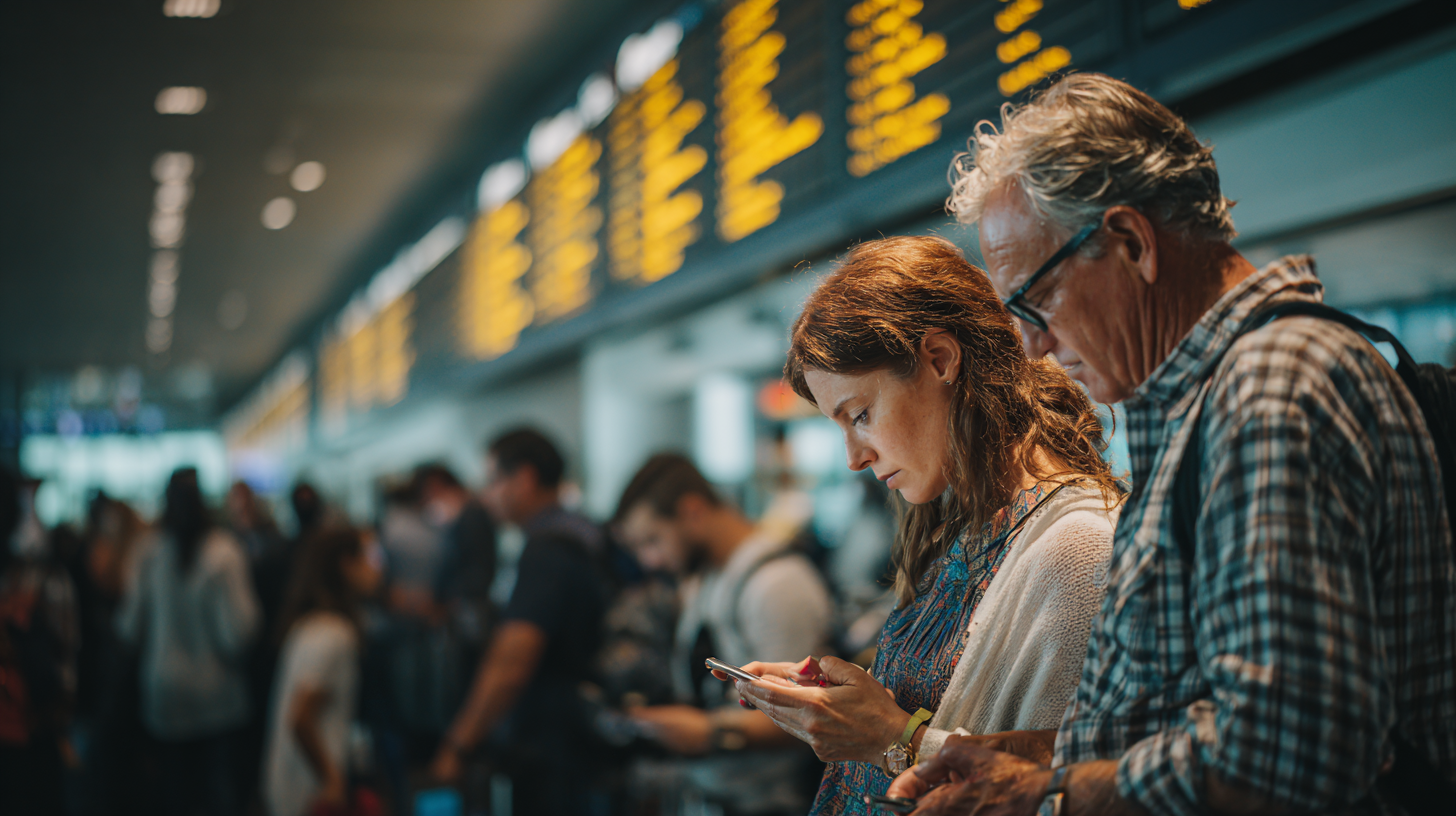
Google Flights’ Price Guarantee pilot is helping travelers book with more confidence. If a guaranteed itinerary’s fare drops by over $5 after you book and before your first flight departs, Google refunds the difference via Google Pay—up to $500 per year, with a maximum of three active guarantees at once. This initiative offers peace of mind in a volatile market, letting frequent flyers capitalize on price drops without endlessly rebooking.
I’ve examined situations where fares dropped mere days after purchase, and these guarantees saved travelers from the headache of canceling and rebuying. According to industry data, more than 40% of U.S. travelers who attempt to chase lower prices end up losing out because the fare they want either disappears or rises suddenly. With Google Flights’ pilot program, frequent flyers have a safety net to experiment a little before finalizing a major trip without constant second-guessing.
In addition, some competitors—like certain online travel agencies—have floated similar refund offers, but they often come with complex rules. The difference with Google Flights is the relative simplicity of its refund process: you only need your Google Pay account and a bit of patience. That user-friendly approach can ease the anxiety of booking months in advance when prices can change dramatically.
Handy Tools for Predicting Flight Prices

Relying on instinct alone is risky in today’s dynamic pricing environment, so savvy travelers turn to data-driven platforms like AirTrackBot, Hopper, AirHint, and Google Flights. AirTrackBot harnesses real-time AI to scan thousands of fares, studying trends, route popularity, and seasonality to pinpoint the best moments to book or wait. On the other hand, AirHint specializes in region- and airline-specific patterns, sending alerts when prices dip and spotlighting smart deals on both full-service and low-cost carriers.
In my observations, AirTrackBot’s strength lies in its ability to react quickly to flash sales or sudden capacity changes. One traveler I followed saw a European flight drop by $130 overnight because of a capacity readjustment, and AirTrackBot alerted them immediately. It’s particularly helpful for popular routes where seats fill up fast, and waiting too long can mean a missed opportunity.
Meanwhile, Hopper offers a familiar interface that’s intuitive for many casual flyers, while still providing predictive data. A recent study suggests that flights around major holidays can fluctuate by 15% or more in a single week, which these apps track with daily or even hourly updates. For those of us constantly scouring for deals, combining multiple tools—like AirTrackBot for in-depth analysis and Google Flights for broader scanning—can offer a holistic view of the market.
Capacity Cuts and Demand Shifts

Domestic carriers are recalibrating flights for August 2025, anticipating that many schools, offices, and government agencies will no longer encourage late-summer vacations. While fewer flights might seem counterintuitive, it actually leaves room for pleasantly low last-minute fares and award availability. Many airlines react to weaker business demand, economic uncertainty, and falling fuel prices by slashing fares to fill seats. In contrast, Europe’s tourism wave extends a bit further into summer, so travelers seeking transatlantic flights can still find deals—especially if they’re flexible on dates or open to midweek departures.
I’ve noticed that some of the biggest fare cuts come from smaller carriers trying to remain competitive with the majors. For example, if a low-cost airline reduces capacity on a popular route, a larger competitor may temporarily drop prices to maintain market share. In these cases, flexible passengers can capitalize on abrupt price declines that appear with minimal warning.
According to data from the U.S. Department of Transportation, August has historically had the highest percentage of unsold seats among the busiest travel months. Airlines often recalibrate just before the final rush into fall, creating an environment where last-minute seats can go for a bargain. Even if you’re not packing for a family trip, this quiet shift in demand can be a blessing for solo adventurers or remote workers who can plan around off-peak schedules.
Book Now or Wait?
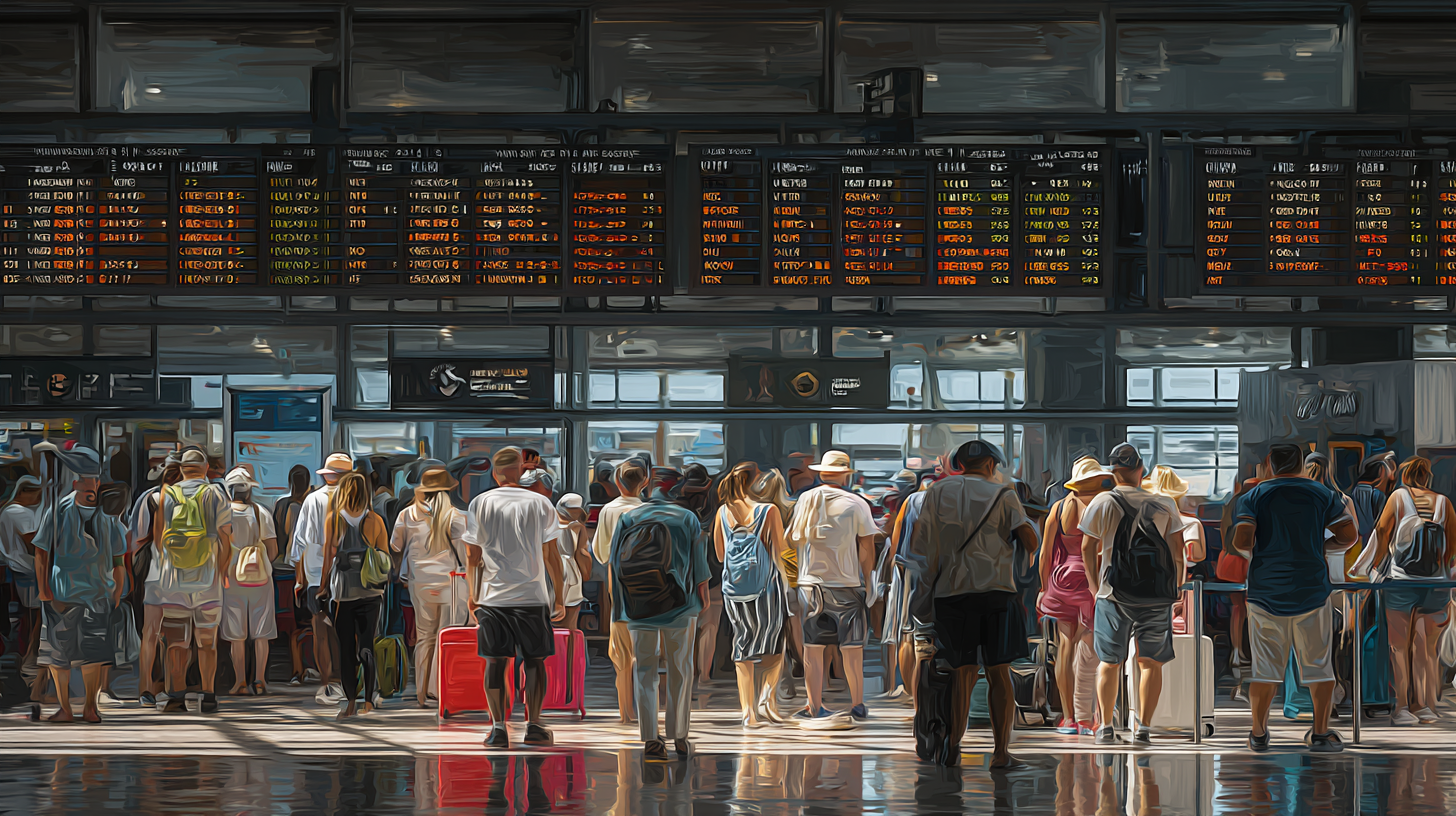
Flight pricing models don’t follow a single day-of-week secret; they respond to consumer demand, oil prices, and competitive pressures. Experts generally recommend monitoring fares around three to four months out—though real-time price alerts make it simpler. Platforms that analyze historic and live data debunk blanket rules like “Tuesday is cheapest” and instead help you watch for sudden spikes or drops, often between 45 and 21 days before takeoff. If you spot a great deal during the August shoulder season, it’s usually best to book quickly rather than risk a sudden upswing.
In my own deep dives into price trends, I’ve seen travelers who wait too long lose out on deals by $50, $100, or even more. It’s a balancing act: booking too early can mean missing future discounts, but waiting too late can result in higher prices as seats fill up. A strategic approach—using apps to set automated price alerts—often strikes the perfect middle ground.
There’s also merit in dividing your purchase strategy. If you’re traveling with a group, it may be beneficial to book individual tickets if availability is limited. A recent airline pricing study indicated that a single large booking for multiple passengers sometimes triggers a higher overall fare. By splitting reservations, you might secure some seats at a lower price without elevating the rate for the entire group.
Final Thoughts

August’s back-to-school lull remains one of the more underrated times to travel, with the potential for notable savings on both domestic and international routes. Paying attention to real-time price data, capitalizing on capacity cuts, and leveraging new booking guarantees can help travelers navigate the market more confidently. Regularly checking flight searches—even briefly—can uncover surprising fare drops that make spontaneous escapes surprisingly affordable.
Staying informed is also about timing. Demand fluctuates quickly, and while no traveler wants to overpay, waiting too long can backfire. Striking that balance requires a little research, some patience, and the willingness to jump on a deal when it appears. For me, harnessing these strategies is part of the thrill of future travel planning, merging data and spontaneity to turn last-minute trips into everyday realities.
Sky Skylar’s Take
I’ve absorbed countless stories of travelers waiting for “the perfect moment” to book. In my view, that moment often arrives unexpectedly—so a watchful eye on price alerts is your best companion. The August shoulder season has proven time and again to reward patience with meaningful discounts.
At the same time, don’t neglect to consider the overall value, including baggage fees, seat selection, and layover convenience. Sometimes the cheapest fare each way isn’t the best deal for your travel style. A balanced approach, powered by smart tools, can lead to a much more gratifying journey in the long run.
BoardingArea is the place to stay connected with breaking travel news, expert advice, and insider tips.

